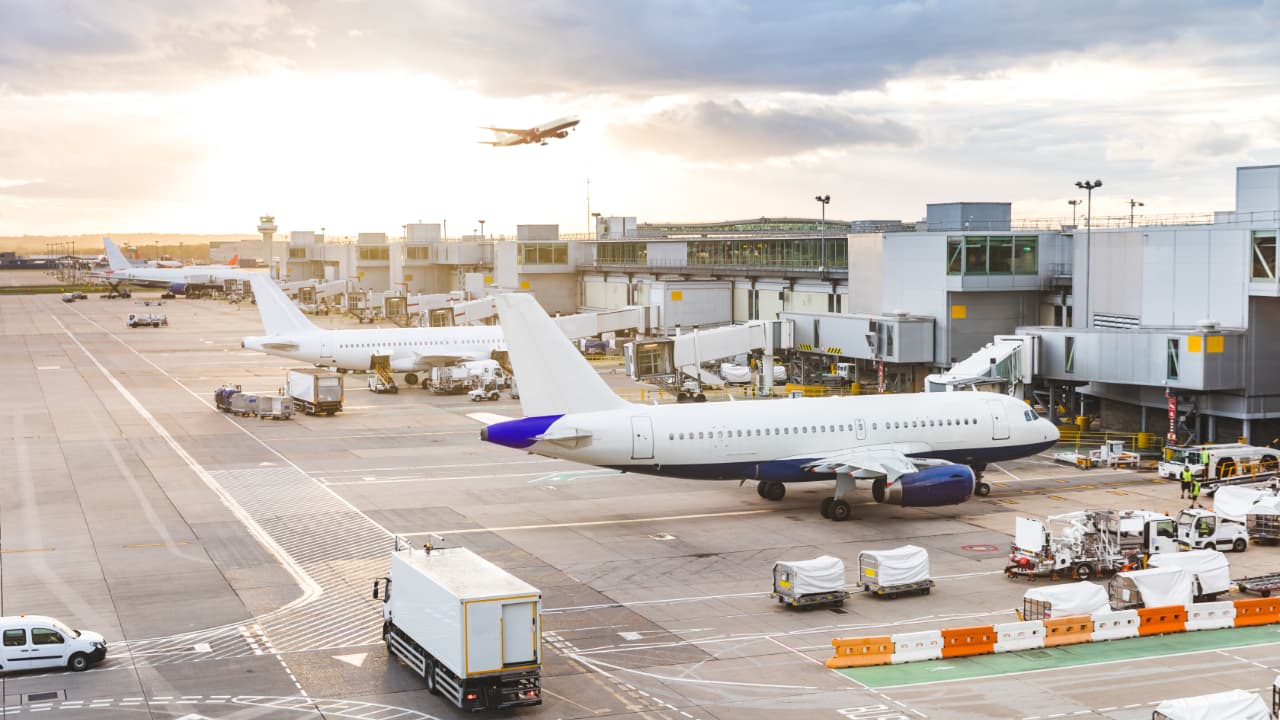NEWS | July 25, 2023
Does the (new) expansion of air traffic drive up the price of rhenium?

The Ryanair stock has plummeted, possibly because the Irish company did not receive enough aircraft from Boeing. While the aircraft provider seems to be running out of machines, more and more people want to travel, despite massively increasing ticket prices. The US aircraft manufacturer supplies Ryanair and other airlines with jets of the 737 Max type but is lagging behind in deliveries by months. Boeing has already delivered 130 aircraft in the first quarter of 2023/2024, well above the 90 aircraft it had built at the same time last year. Additionally, Boeing has outperformed its competitor Airbus, which could only deliver 127 planes, compared to 142 aircraft at the beginning of the previous year.
Aviation has potential again
Despite the delivery backlogs, things are looking good for Ryanair. The brief 3 percent drop in the stock was a temporary market reaction to the lowered expectations for this year’s expected number of passengers. Initially, Ryanair forecasted 185 million passengers for this year but later revised it to 183.5 million. Nevertheless, this still represents a significant increase compared to the previous year’s 168.6 million transported passengers. The International Air Transport Association has nearly doubled the airlines’ profit forecast for this year, from 4.7 to 9.8 billion dollars, as reported by NTV. This also indicates that aviation is back! To meet the growing travel demand, Boeing and Airbus must undoubtedly build and deliver more aircraft.
No turbines without hafnium and rhenium
Special heat-resistant alloys containing hafnium or rhenium are used in the construction of their turbines. These two raw materials ensure that the turbine engines do not deform during flight due to the high temperatures.
Undervalued rhenium
In part, the prices of these metals already suggest a growing demand. The cost of hafnium skyrocketed a few months ago. The metal is essential not only for turbines but also for semiconductors, fuel rods, and medical applications. In contrast, there is an almost Zen-like calmness in the price development of rhenium. How long will this last? As more and more turbines need to be built for aircraft, the demand for rhenium will also grow. In the end, hafnium and rhenium could form a kind of “rope team” that pulls each other’s prices higher. The undervalued rhenium currently offers interesting return opportunities for investors. However, hafnium remains an exciting investment metal, as its price has recently risen again.